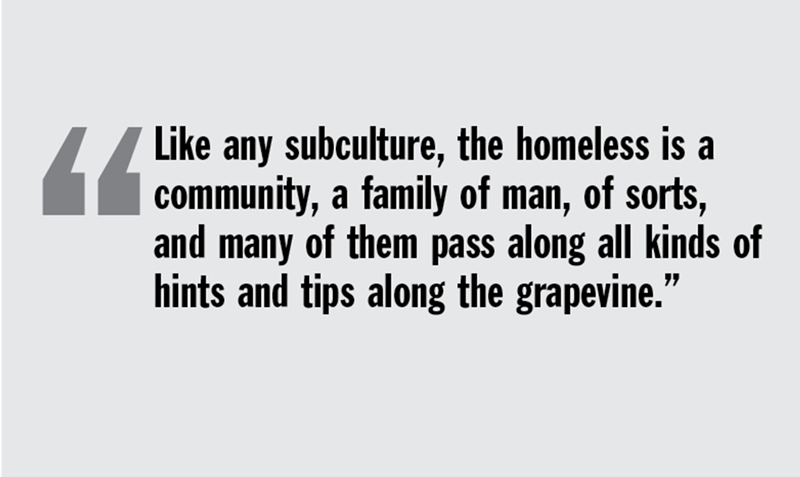I have seen this movie before and hummed its title theme in my nightmares.
On April 7, 2001, 19-year-old Timothy Thomas, wanted on a bundle of minor seatbelt infractions, ran from Cincinnati Police through Over-the-Rhine and was shot dead by Officer Stephen Roach in a pitch-black alcove on Republic Street.
The neighborhood’s scars have been scrubbed clean by development, but anger and confusion erupted into riots and curfews resulting in lawsuits, a federally monitored Collaborative Agreement and sweeping police reforms.
On February, 26, 2012, 17-year-old Trayvon Martin, seemingly a world away in a Sanford, Fla., neighborhood that wasn’t his own, was profiled and followed by an armed neighborhood watchman/wannabe cop, and only one living person knows who struck whom first but the armed watchman shot Martin dead on a sidewalk.
One black teenage boy ran.
One black teenage boy stayed and fought.
Not ironically we are living with frighteningly similar results: Two empty bedrooms, national bickering about race, erupting riots and property damage 12 years apart.
The main difference is that when Thomas was shot by a police officer Cincinnati suddenly existed in a fish bowl and was the unlikely one-stop Midwestern/Southern-most Northern city to be anointed a race-based flashpoint of violence since the late 1960s when it happened in ... Cincinnati.
In June 1967 the cousin of a black man convicted as “the Cincinnati Strangler” was arrested for protesting his convicted cousin’s arrest. Riots broke out in Avondale after protests by black leaders ran amok. Less than a year later, the Rev. Martin Luther King was assassinated in April 1968 and Avondale again erupted in violent riots because nothing sparks riots in America like a slain black martyr.
By April 2001 we were old hands at this brand of seething, internalized rage, so when news hit the streets that Thomas had been shot and killed, it was on.
It was an implosion blasting outward.
And though NBC, NPR and the New York Times came here to look at us, no other cities rioted “on our behalf.”
In the case of Martin’s shooting death, protests have already been reported in New York, Florida and several cities in California, and in parts of Los Angeles the protests are now officially riots and, as with the March 1991 Rodney King police beating, bystanders are being beaten and robbed and stores are being looted.
It is again an explosion of internalized rage.
In all this double-billed mayhem, I’ve noticed that we do not really see teenagers until one is killed in a public way and then becomes a public cause further dividing us on the subject of race.
We don’t see teenagers — and especially black teenagers — until they’re trouble.
Sure, we see the hairdo boy bands, the pissing Biebers, the march of the privileged Jenners and Kardashians and we love to proselytize about how Will and Jada are (not) properly raising their Entitled Two.
But what of the ones dwelling in the margins and the cracks, the everyday black teenagers who’ve not been taught to make eye contact, to speak clearly or to understand what they look like to others in the street who’d just as soon want them gone?
I know these kids.
Around plastic church-basement tables inside a Northside nonprofit I talked to my kids about Trayvon Martin, the flaws and intricacies of the American judicial system, about racial profiling and about how the smallest of bad choices can keep them from coming home at the end of the day.
I talked to them about empty bedrooms.
Churches Active in Northside (CAIN) is a consortium of churches that pools resources and feeds hungry families, finds temporary emergency shelter, distributes fans and air conditioners, helps pay utility bills and rent and puts 13- to 16-year-old teenagers to work in summer when there’s grant money to pay for the Earn ’n Learn program.
I help run that program and between sweeping up soiled condoms, tumbleweaves, colonies of extinguished cigarettes butts and all manner of junk food wrappers along Hamilton Avenue, sometimes we talk.
We talk about being on time, about showing up to work ready and willing to work, about telling the truth and accepting responsibility for our actions, a little about God if they want, a lot about respect — real respect and not that street version — and mostly about race.
Monday I was with them and we took an hour-plus to dissect Trayvon Martin, hoodies, Skittles, iced tea and neighborhoods.
“I can’t front,” I told them. “My heart is heavy and I’m sad. I’ve been thinking about Trayvon Martin’s family. He will never get to graduate high school, go to prom, get his driver’s license, have a summer job or break curfew. This is permanent and this is real.”
My voice was breaking a little and tears pooled my eyes but I didn’t cry because I didn’t want them distracted.
They told me Martin was killed for eating Skittles, for wearing a hoodie, for being black and, as my youngest, a 13-year-old sweet white girl said, “for being in the wrong neighborhood.”
I corrected them, telling them the hard stuff about what’s factual in the case, that as long as they weren’t breaking laws they could walk where they wanted. I corrected a black teen when she said, “most white people are racist.” I told them the man who shot Martin, like our president, is biracial and that we can never make assumptions about someone’s ethnicity because of what we think they look like.
I told them about mistakes I’d made based on wrong assumptions and about my own bigotries.
We ended with my tirade on teenagers making bad choices that shame their families, choices that cost them their rights to live, work and study where they want. Some of my kids know some of the black North College Hill teenagers in trouble for beating Patrick Mahaney.
Who knows if it resonated with them?
At least they went home to their bedrooms.
CONTACT KATHY Y. WILSON: [email protected]






